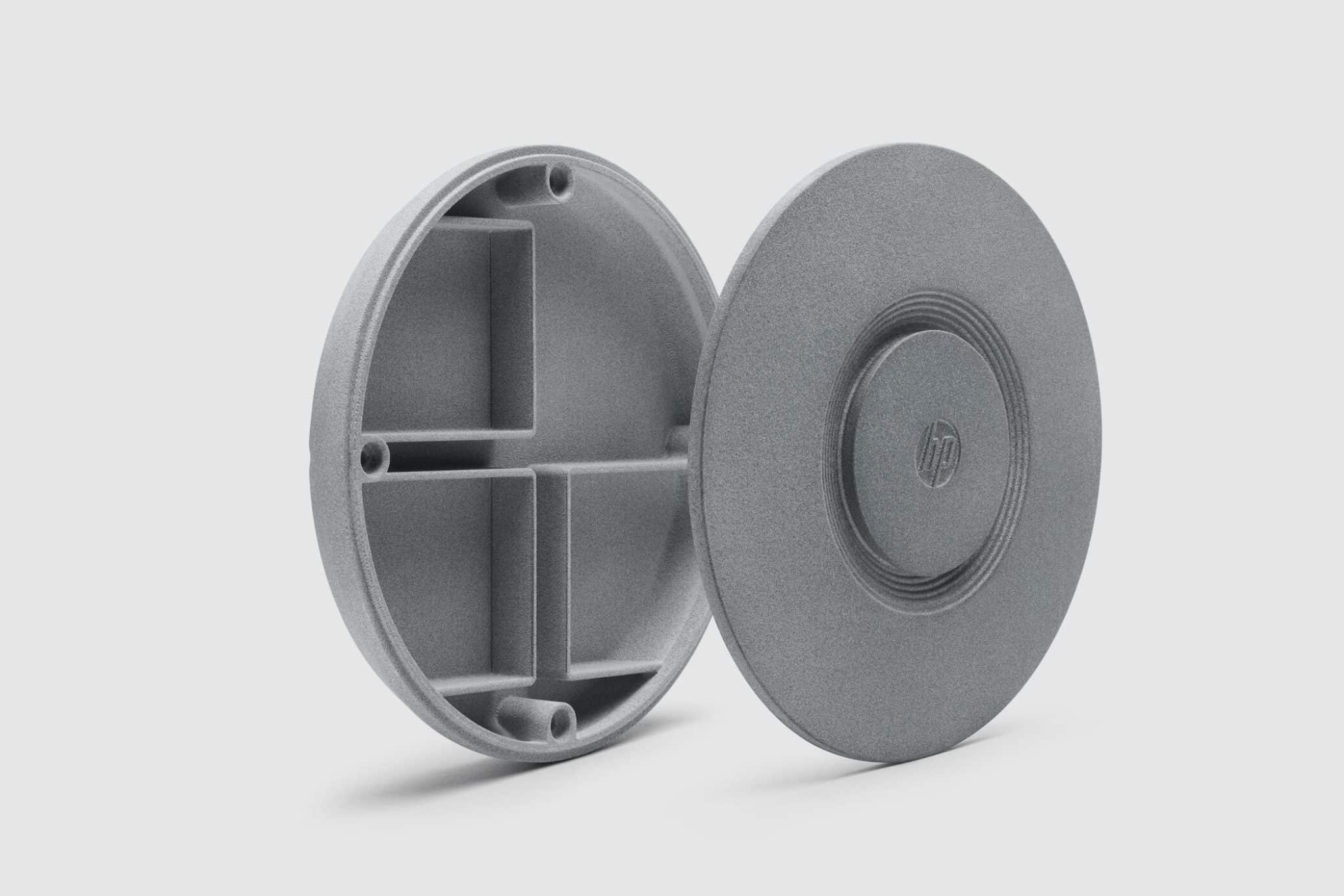Acrylonitrile Butadiene Styrene (ABS)
Introduction to ABS for 3D Printing
Acrylonitrile Butadiene Styrene (ABS) is a widely used engineering thermoplastic known for its excellent strength, impact resistance, and thermal stability. It is ideal for functional prototypes, enclosures, automotive parts, and end-use components.
Through Fused Deposition Modeling (FDM), ABS enables dimensional accuracy of ±0.2 mm and strong mechanical performance, making it a cost-effective choice for industrial-grade applications and high-strength custom parts.
International Equivalent Grades of ABS
Region | Grade Code | Standard/Equivalent |
|---|---|---|
USA | ABS-101 | ASTM D4673 |
EU | ABS-N | EN ISO 2580-1 |
China | ABS PA-757 | GB/T 12670 |
Japan | ABS-G5 | JIS K7209 |
Comprehensive Properties of ABS
Property Category | Property | Value |
|---|---|---|
Physical | Density | 1.03–1.07 g/cm³ |
Glass Transition Temperature | ~105°C | |
Heat Deflection Temperature | ~95–105°C | |
Mechanical | Tensile Strength | 40–55 MPa |
Flexural Modulus | 2,000–2,400 MPa | |
Elongation at Break | 10–30% | |
Impact Strength (Notched Izod) | 200–300 J/m | |
Other | Surface Finish | Matte/Semi-gloss |
Suitable 3D Printing Processes for ABS
Process | Typical Density Achieved | Surface Roughness (Ra) | Dimensional Accuracy | Application Highlights |
|---|---|---|---|---|
≥95% | 12–20 µm | ±0.2 mm | Ideal for durable parts like automotive housings, fixtures, and functional prototypes |
Selection Criteria for ABS 3D Printing Processes
Strength and Durability: ABS offers excellent toughness and structural integrity, making it ideal for parts subjected to impact, vibration, and handling.
Thermal Resistance: With a glass transition temperature of ~105°C, ABS performs well in higher-temperature environments compared to PLA.
Dimensional Stability: When printed in an enclosed chamber at 230–250°C nozzle temperature, ABS ensures high accuracy and minimal warping.
Post-Processing Flexibility: ABS supports sanding, vapor smoothing, painting, and solvent welding for professional finishing and part integration.
Essential Post-Processing Methods for ABS 3D Printed Parts
Vapor Smoothing (Acetone): Acetone vapor treatment smooths layer lines and produces a glossy, sealed surface ideal for enclosures and consumer-facing parts.
Painting and Finishing: ABS takes paint well with primer and acrylic finishes, enabling customization and aesthetic enhancement of functional components.
Support Removal and CNC Trimming: Manual or CNC finishing ensures precision for holes, joints, and mounting interfaces with ±0.02 mm tolerance.
Assembly and Bonding: ABS can be welded with acetone or bonded using industrial adhesives for rapid assembly and part modularity.
Challenges and Solutions in ABS 3D Printing
Warping and Shrinkage: Use a heated bed at 100°C and an enclosed chamber to reduce shrinkage and improve first-layer adhesion.
Odor and Emissions: ABS emits noticeable fumes during printing; ensure proper ventilation or install filtration systems for indoor environments.
Surface Finish Quality: FDM-printed ABS often shows visible layer lines—vapor smoothing and polishing significantly improve surface finish.
Applications and Industry Case Studies
ABS is widely used in:
Automotive: Dashboards, brackets, trim components, and under-the-hood covers.
Consumer Electronics: Remote control housings, battery compartments, and protective casings.
Fixtures & Jigs: Custom tooling, holders, and manufacturing aids.
Prototyping: Functional models, enclosures, and ergonomic prototypes for product development.
Case Study: A manufacturing firm used FDM ABS to produce snap-fit industrial jigs, achieving ±0.15 mm accuracy, high fatigue resistance, and faster iteration compared to CNC machining.
Frequently Asked Questions (FAQs)
What mechanical properties make ABS suitable for functional 3D printed parts?
How accurate are industrial-grade ABS prints using FDM technology?
Can ABS be used for end-use components in automotive and tooling environments?
What post-processing techniques improve the surface quality of ABS prints?
How does ABS compare to PLA and PETG in terms of heat resistance and impact strength?



